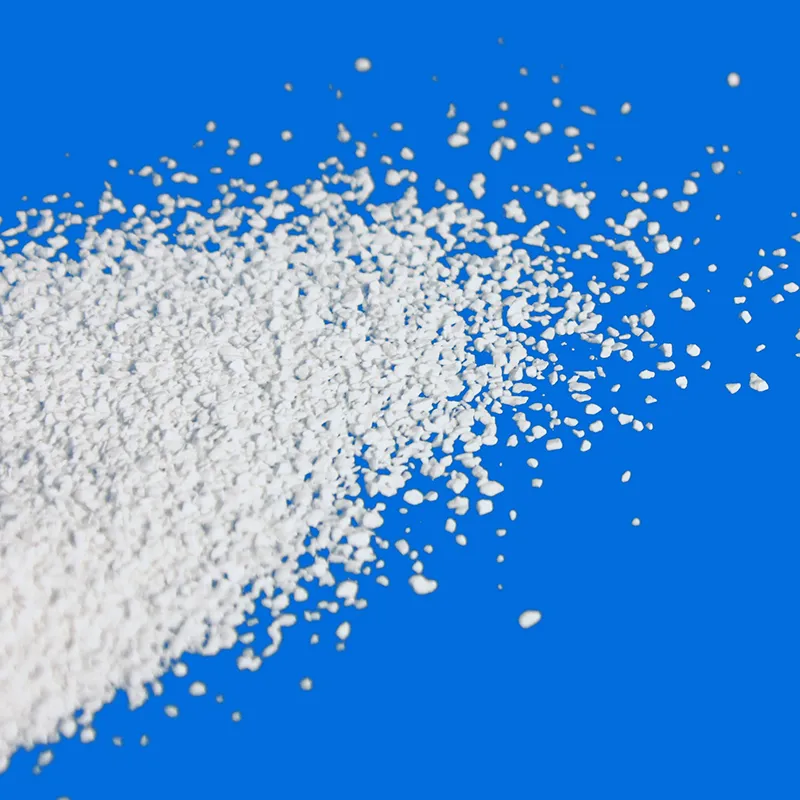
caramel color food additive
Caramel Color Understanding the Food Additive
Caramel color is a widely used food additive that plays a crucial role in the appearance and flavor of countless products we consume daily. Recognized by its dark brown hue, caramel color is not merely an aesthetic component but also serves various functional purposes in the food and beverage industry. Let's dive into what caramel color is, how it is produced, its applications, and potential health concerns.
What is Caramel Color?
Caramel color is primarily a food coloring agent derived from the controlled heating of sugar. The process of caramelization involves heating sugar until it melts and begins to turn dark. Depending on the method of production and the substances added during the process, caramel color can vary in its shade and intensity. Most commonly, it is classified into four categories Class I (Plain Caramel), Class II (Caustic-Processed Caramel), Class III (Ammonia Caramel), and Class IV (Sulfite Ammonia Caramel). Each of these classes has different characteristics and uses, which makes caramel color versatile in the food industry.
Production Process
The production of caramel color can be relatively simple but may also involve complex chemical reactions. The basic process begins by heating sugar, either alone or in combination with acids, alkalis, or salts. Each method affects the final product’s properties, including color, flavor, and stability. For instance, Class II caramel involves the use of food acids or alkalis during production, resulting in a darker, more robust color. In contrast, Class I is simply produced by heating sugar and may have a lighter shade and milder flavor.
Applications in Food and Beverage
caramel color food additive

Caramel color is omnipresent in the food industry, with its applications spanning to a vast array of products. You’ll find it in colas and other soft drinks, soy sauce, baked goods, and even in some desserts and candies. This additive not only enhances the visual appeal of food but can also impact flavor and nutritional perception.
In beverages, particularly dark soft drinks, caramel color is crucial for achieving the iconic cola look. In baked goods, it can enhance the color of crusts and contribute to a more appealing appearance. Moreover, in products like sauces and gravies, caramel color helps to create a rich, appetizing visual effect that can elevate the overall dining experience.
Regulatory Status and Safety
The use of caramel color is regulated by food safety authorities worldwide, including the U.S. Food and Drug Administration (FDA) and the European Food Safety Authority (EFSA). Generally regarded as safe for consumption, caramel color has been extensively tested for safety. However, some specific production processes, particularly those involving ammonium compounds or sulfites, have raised health concerns.
Research has suggested that certain types of caramel color may contain 4-methylimidazole (4-MEI), a compound that has been shown to cause cancer in laboratory animals at high doses. As a result, the levels of 4-MEI must be monitored in food products, and manufacturers strive to keep it as low as possible. Consumers are advised to be aware of the types of caramel color present in their food and beverages and to make informed choices based on their personal health considerations.
Conclusion
Caramel color is more than just a dye; it serves vital functions in enhancing the visual appeal and flavor of various foods and beverages. While the regulatory bodies classify it as safe, the potential presence of certain compounds requires ongoing scrutiny. As consumers become increasingly health-conscious, the demand for transparent labeling and safer food additives continues to grow. Understanding the role of caramel color can help individuals make more informed choices about their dietary habits and preferences. As the food industry evolves, so too will the practices surrounding food additives, paving the way for innovations in flavor and color that prioritize both safety and consumer satisfaction.
-
Pure Sodium Dichloroisocyanurate Dihydrate | Powerful DisinfectantNewsAug.29,2025
-
Industrial Chemicals: Quality & Purity for Every IndustryNewsAug.28,2025
-
Nitrile Rubber Honoring Strict Production StandardsNewsAug.22,2025
-
Aspartame Ingredients Honoring Food Safety ValuesNewsAug.22,2025
-
Fertilizer for Balanced Plant NutritionNewsAug.22,2025
-
Cyanide Gold Processing with High Purity AdditivesNewsAug.22,2025
-
Formic Acid in Textile Dyeing ApplicationsNewsAug.22,2025
Hebei Tenger Chemical Technology Co., Ltd. focuses on the chemical industry and is committed to the export service of chemical raw materials.
-

view more DiethanolisopropanolamineIn the ever-growing field of chemical solutions, diethanolisopropanolamine (DEIPA) stands out as a versatile and important compound. Due to its unique chemical structure and properties, DEIPA is of interest to various industries including construction, personal care, and agriculture. -

view more TriisopropanolamineTriisopropanolamine (TIPA) alkanol amine substance, is a kind of alcohol amine compound with amino and alcohol hydroxyl, and because of its molecules contains both amino and hydroxyl. -

view more Tetramethyl Thiuram DisulfideTetramethyl thiuram disulfide, also known as TMTD, is a white to light-yellow powder with a distinct sulfur-like odor. It is soluble in organic solvents such as benzene, acetone, and ethyl acetate, making it highly versatile for use in different formulations. TMTD is known for its excellent vulcanization acceleration properties, which makes it a key ingredient in the production of rubber products. Additionally, it acts as an effective fungicide and bactericide, making it valuable in agricultural applications. Its high purity and stability ensure consistent performance, making it a preferred choice for manufacturers across various industries.





